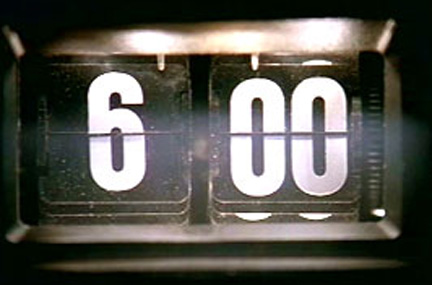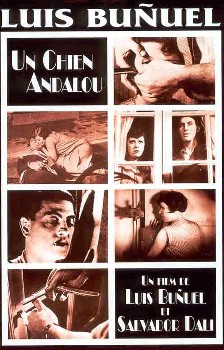VLADMIR PROPP: MORPHOLOGY OF THE FOLKTALE
1. Absentation: Someone goes missing
2. Interdiction: Hero is warned
3. Violation of interdiction
4. Reconnaissance: Villain seeks something
5. Delivery: The villain gains information
6. Trickery: Villain attempts to deceive victim
7. Complicity: Unwitting helping of the enemy
8. Villainy and lack: The need is identified
9. Mediation: Hero discovers the lack
10. Counteraction: Hero chooses positive action
11. Departure: Hero leave on mission
12. Testing: Hero is challenged to prove heroic qualities
13. Reaction: Hero responds to test
14. Acquisition: Hero gains magical item
15. Guidance: Hero reaches destination
16. Struggle: Hero and villain do battle
17. Branding: Hero is branded
18. Victory: Villain is defeated
19. Resolution: Initial misfortune or lack is resolved
20. Return: Hero sets out for home
21. Pursuit: Hero is chased
22. Rescue: pursuit ends
23. Arrival: Hero arrives unrecognized
24. Claim: False hero makes unfounded claims
25. Task: Difficult task proposed to the hero
26. Solution: Task is resolved
27. Recognition: Hero is recognised
28. Exposure: False hero is exposed
29. Transfiguration: Hero is given a new appearance
30. Punishment: Villain is punished
31. Wedding: Hero marries and ascends the throne
Propp also concluded there are 7 character types:
The hero — the protagonist (can be a hero or a victim)
The dispatcher — a character in the story who sends the hero on his or her quest.
The helper — helps the hero in the quest, appears at critical moment to provide support.
The villain — an antagonist, struggles against the hero.
The donor — gives the hero some magical object (e.g. talisman), frequently the donor is a supernatural creature.
The princess and her father — the King gives the task to the hero, identifies the false hero. The princess marries the hero, identifies the false hero, often is the object sought for during the narrative, or a reward.
False hero — a competitor, takes credit for the hero’s actions or tries to marry the princess.
Here is a nice hyperlinked list of Propp's narratemes.
SEE ALSO: Joseph Campbell's Hero's Journey, another structuralist approach to narrative, this time to myth:
I. Separation / departure
I.1 The Call to Adventure
I.2 Refusal of the Call
Acceptance of the Call
I.3 Supernatural Aid
I.4 Crossing of the First Threshold
I.5 Entering the Belly of the Whale
II. Initiation
II.1 Road of Trials
II.2 The Meeting with the Goddess
II.3 Woman as Temptress
II.4 Atonement with the Father
II.5 Apotheosis
II.6 The Ultimate Boon
III. Return
III.1 Refusal of the Return
III.2 Magic Flight
III.3 Rescue From Without
III.4 Crossing of the Return Threshold
III.5 Master of the Two Worlds
III.6 Freedom to Live







